This guide will provide you with ten things you didn’t know about rails in Minecraft.
There are no powered rails in early versions. However, players found another way to propel minecarts. Using the ‘booster system’, you can do it by exploiting a glitch in the game.

The trick was to place a second rail and minecart; then, minecarts would glitch together and push both forward. This way, they could travel infinitely.
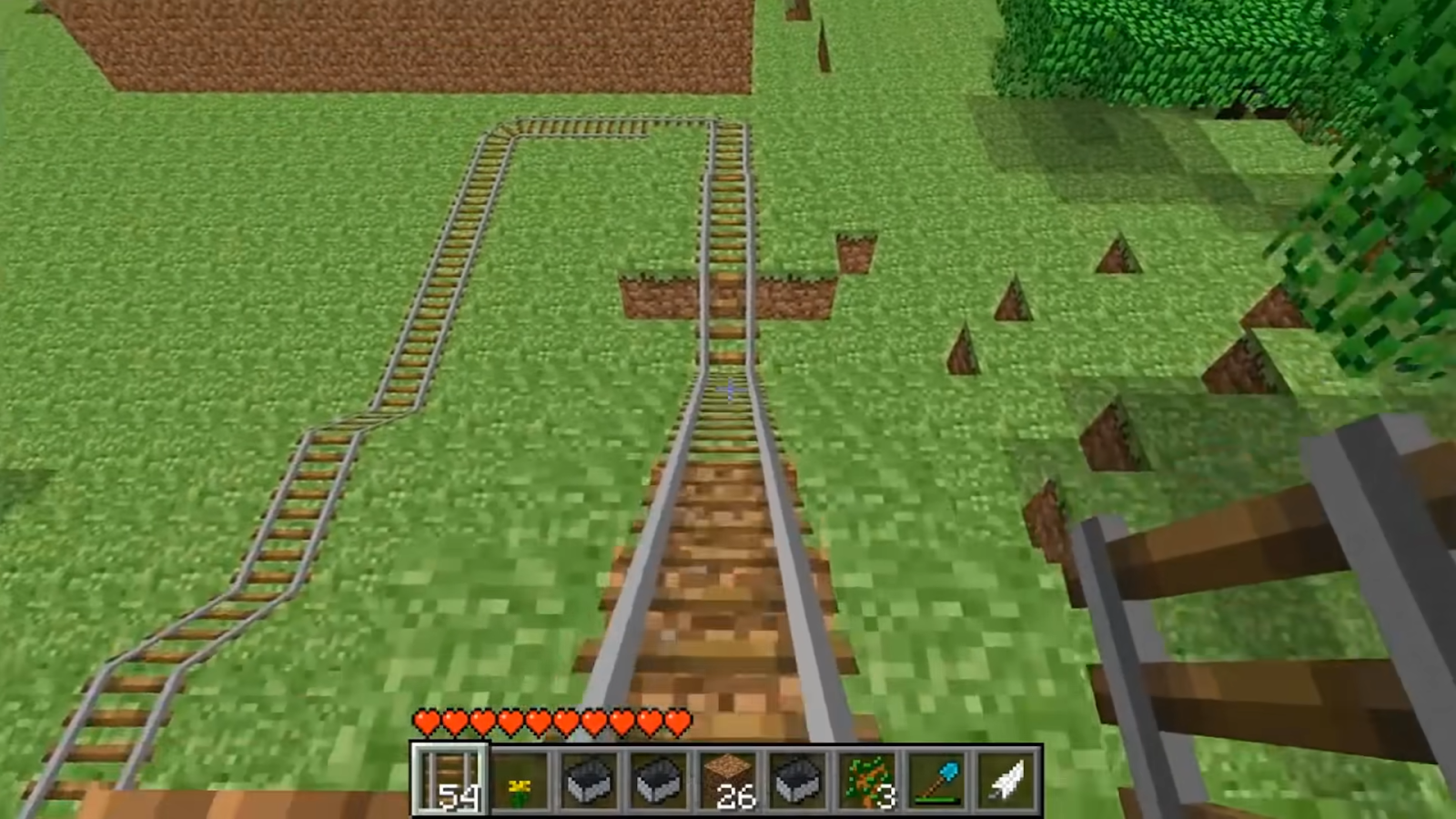
However, you can strategically place several of the boosters. It was common practice back in the day.
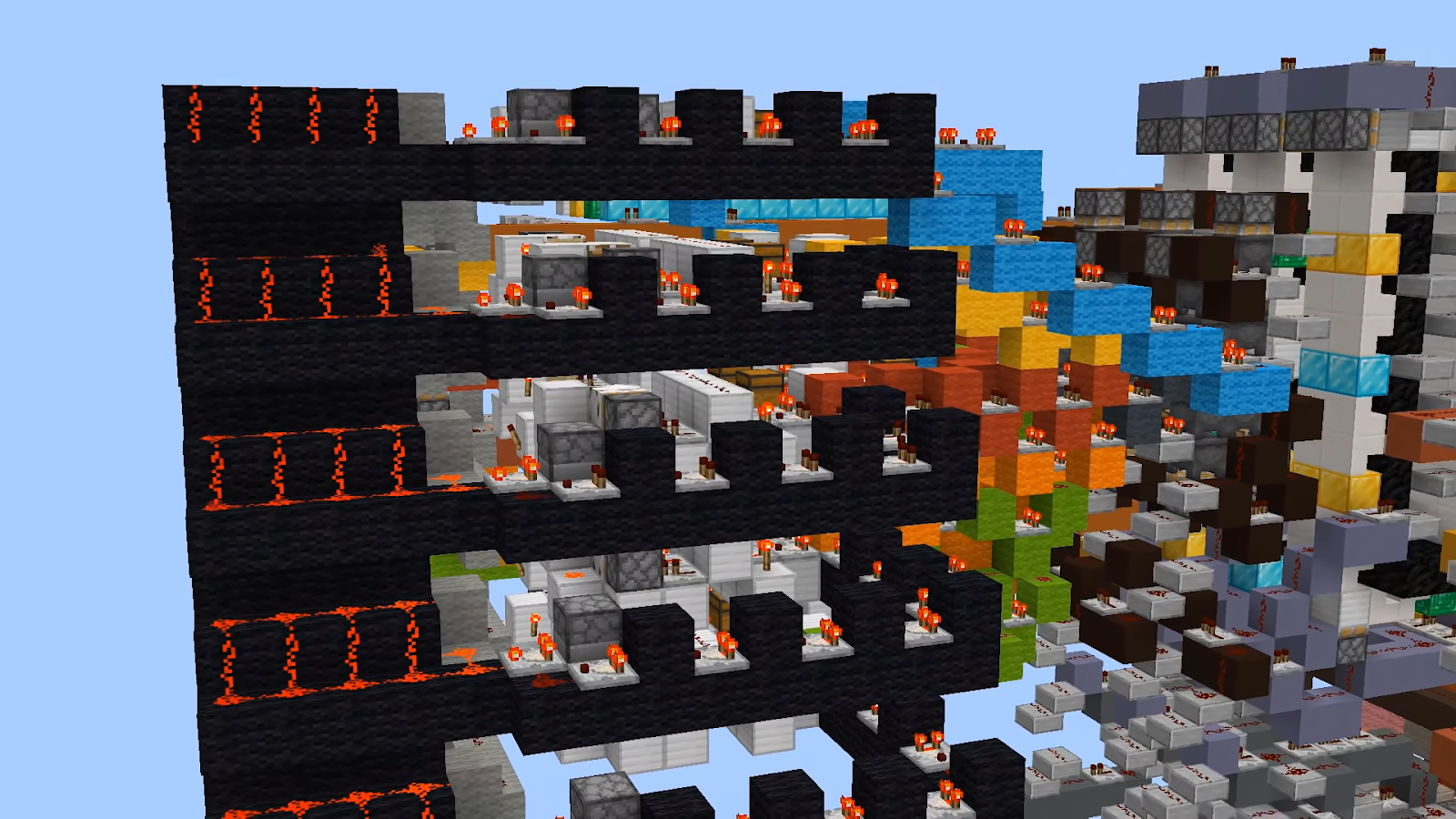
It became a science in itself, similar to Redstone. If you look closely, an item is hiding the rail texture.

It’s an iron pickaxe.

The mob behavior changes in version 1.5; mobs avoid standing on rails.
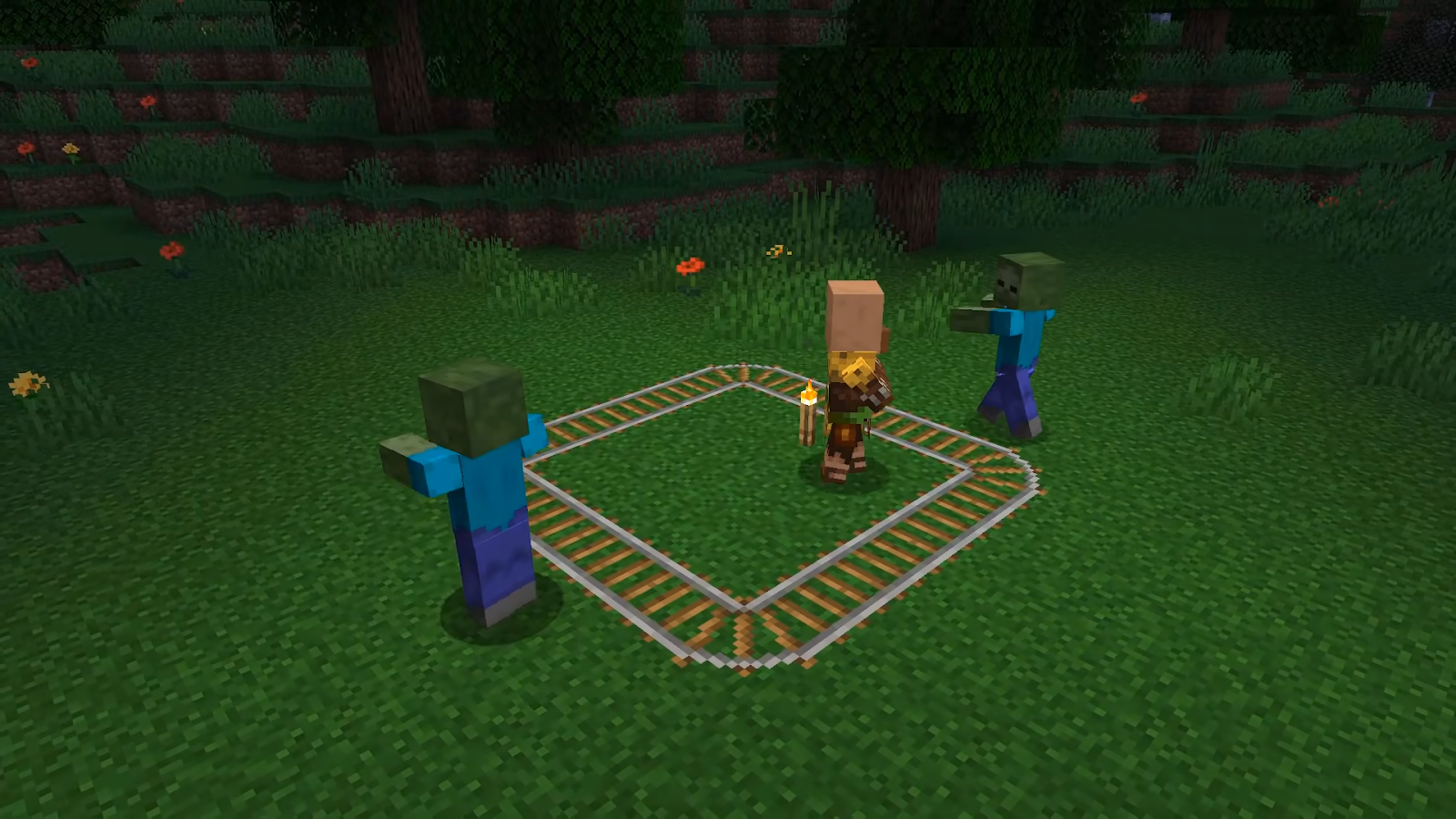
It was to make them less annoying in railway systems. You can also use the mechanic to keep mobs out of an area. Place rails all around the perimeter you want to be protected. Mobs will generally prefer staying away.
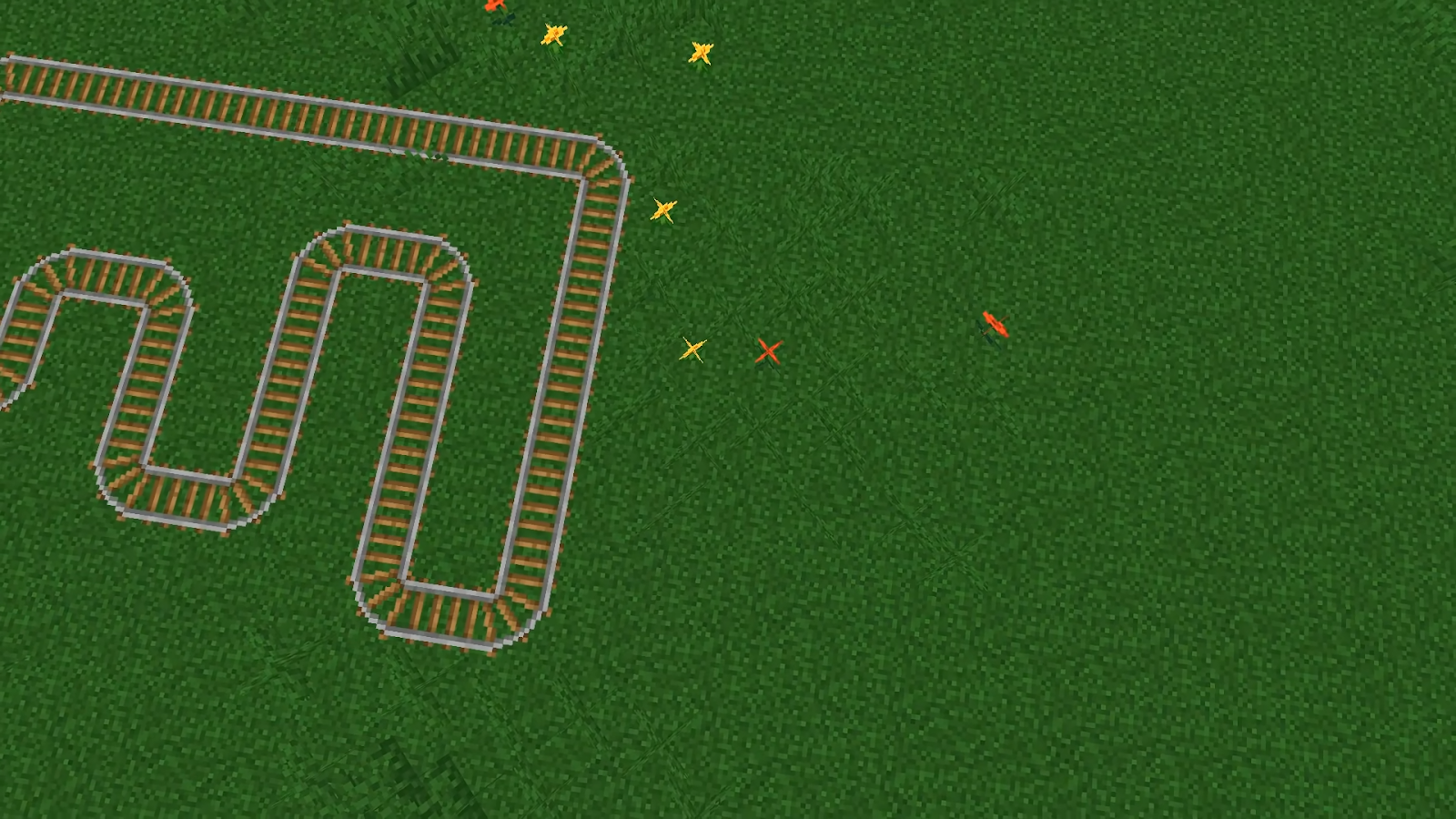
Rails have some weird behaviour when it comes to sound. When walking, you will hear the block below. However, if you jump while still walking, you will hear the sound of iron.

The minecart physics changes in version 1.8. Minecarts could go much faster and further. If minecarts went too fast over corner rails, they would derail.
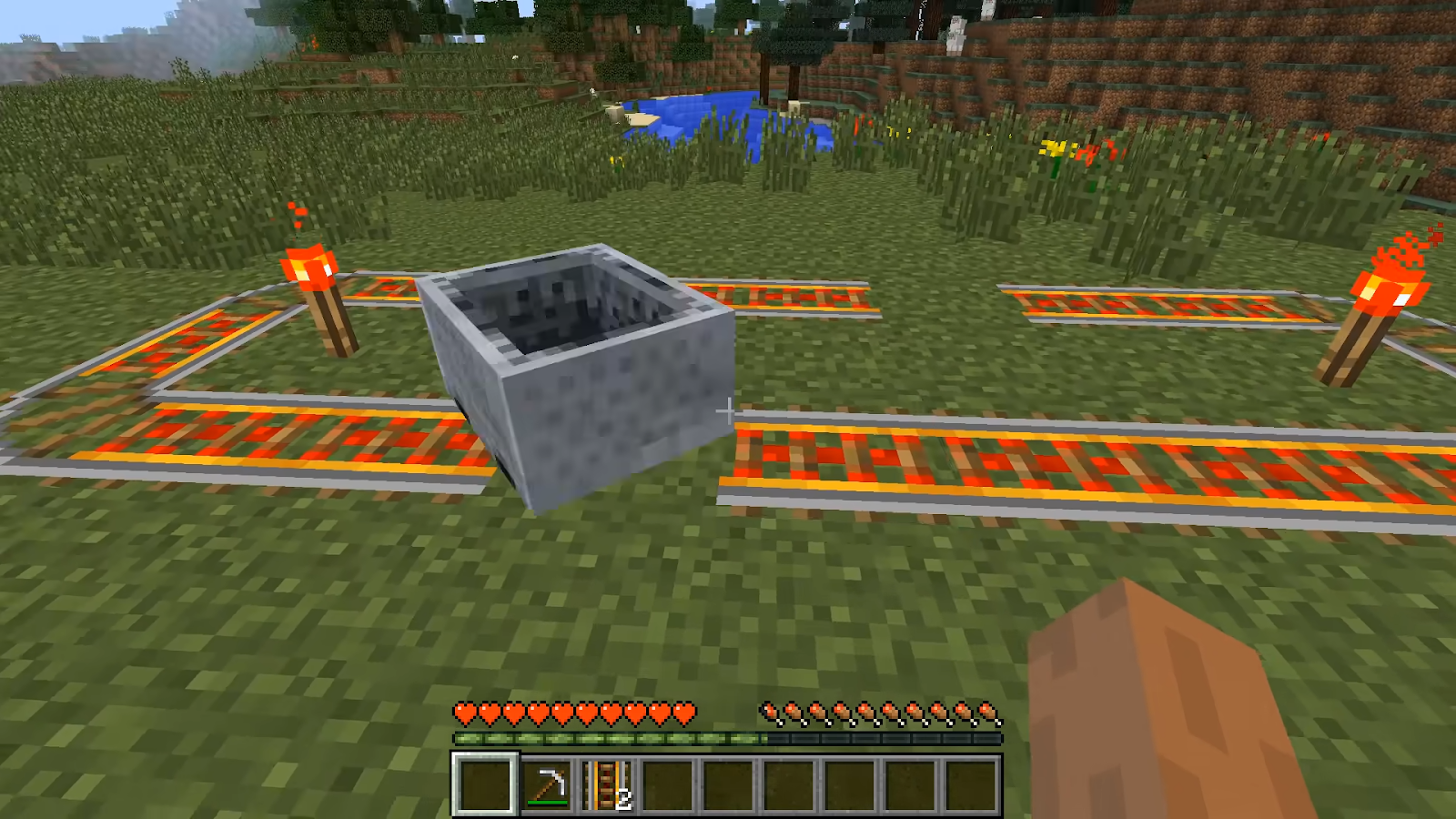
If minecarts went fast enough, they could even jump over small gaps in the rail. However, the changes were generally disliked by the community. Later in the same version, the changes were reverted.

As you know, there are 3 special rail types. There are powered rails, Detector rails and activator rails.

Activator rail is used to activate TNT minecarts. However, it can also deactivate hopper minicars. It can also eject mobs and players in minecarts.
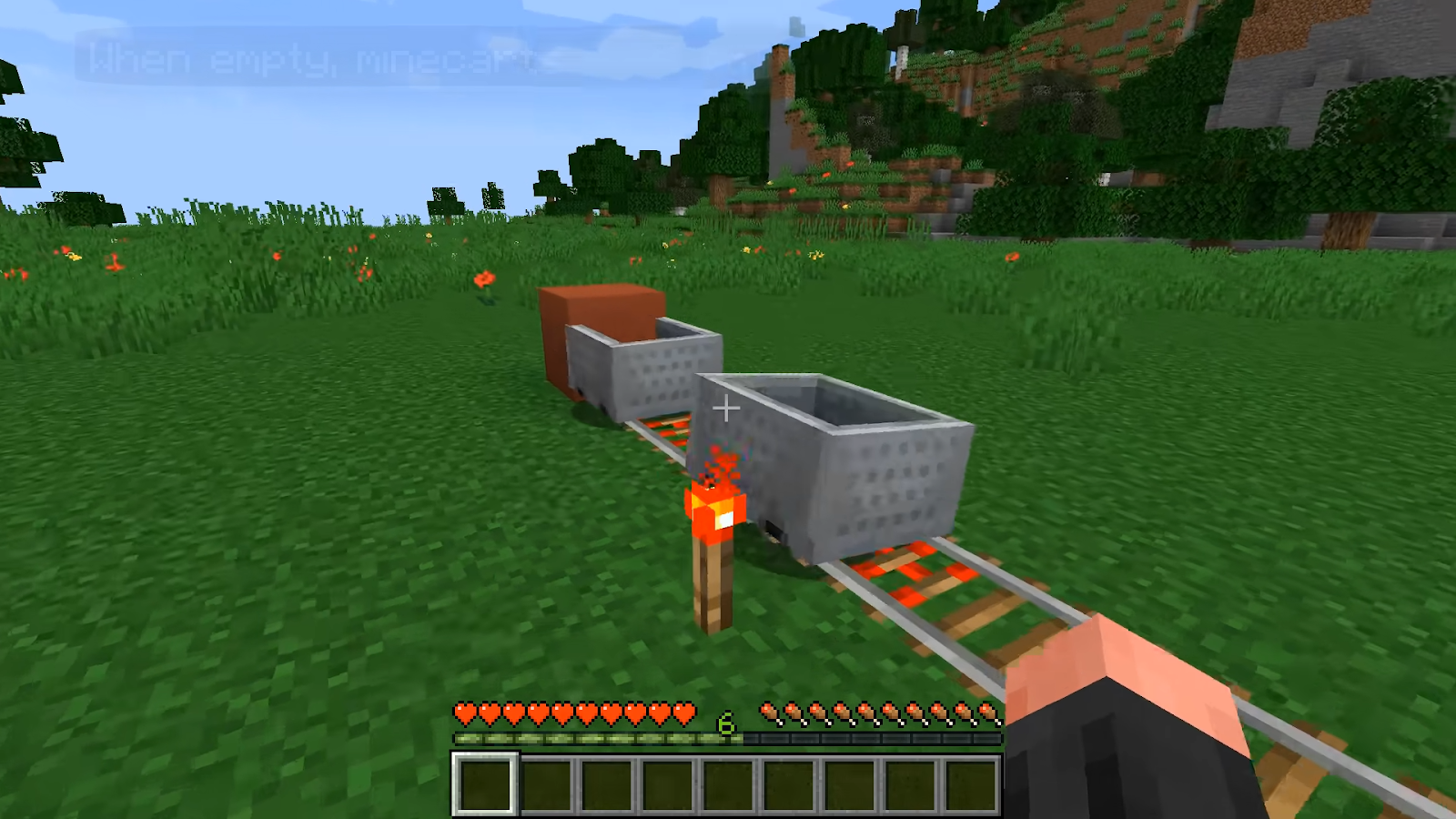
When empty, minecarts seem to be shaking on this rail type. The rail texture has been changed multiple times. However, all changes were very small.
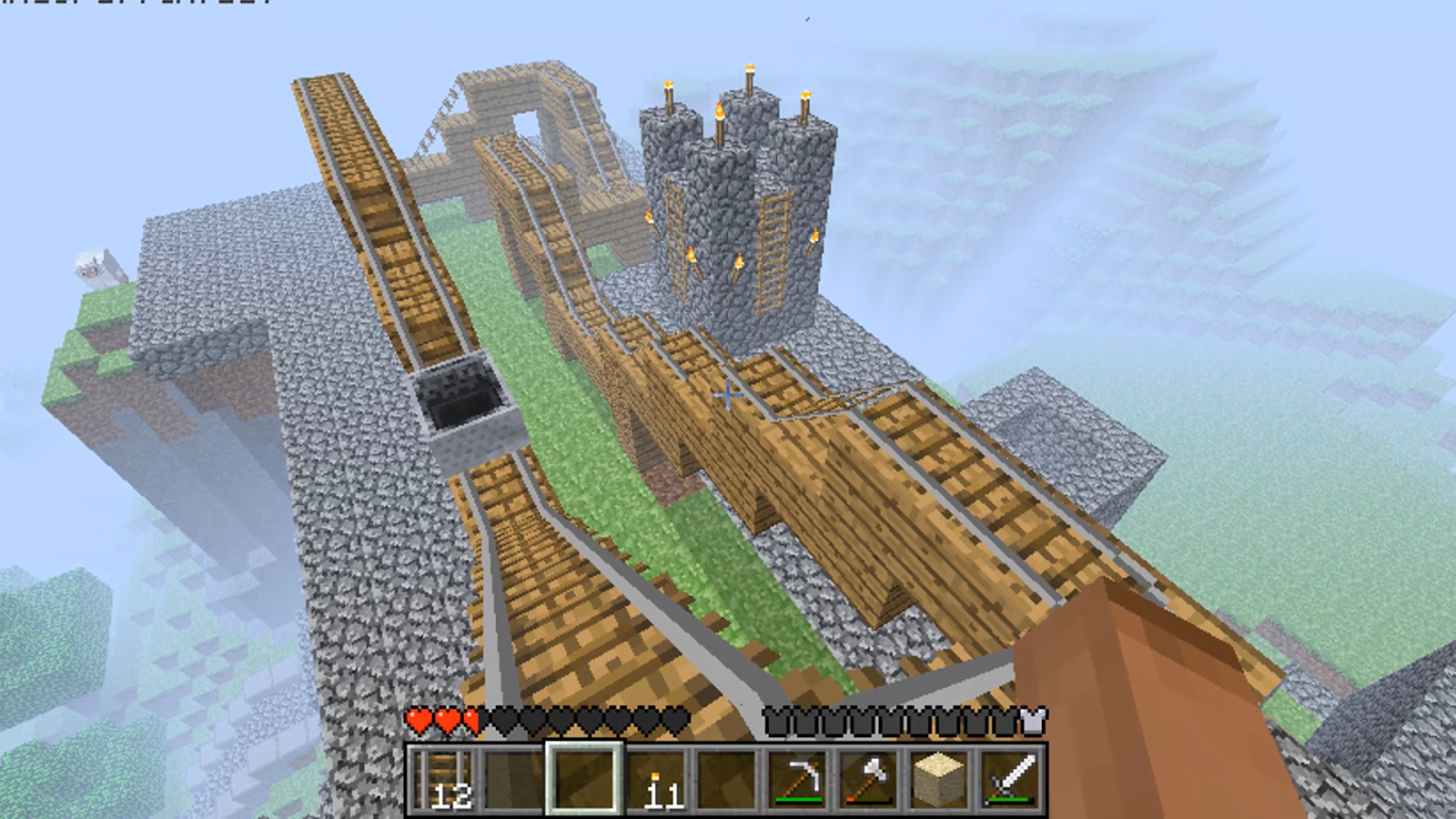
The original texture was from an index update; it looked like this. The texture changes slightly in the later versions. The only change was the shading of iron tracks.

In 1.14, it was changed again as a part of major retexturing. And again, the only change was made to iron tracks. You can make T-intersections using curved rails. These can be activated to switch directions of travel.

A Redstone signal is needed to change the rail state. Using this method, you can make complicated minecart systems. You can also use it to choose your destination if you set it up right away.
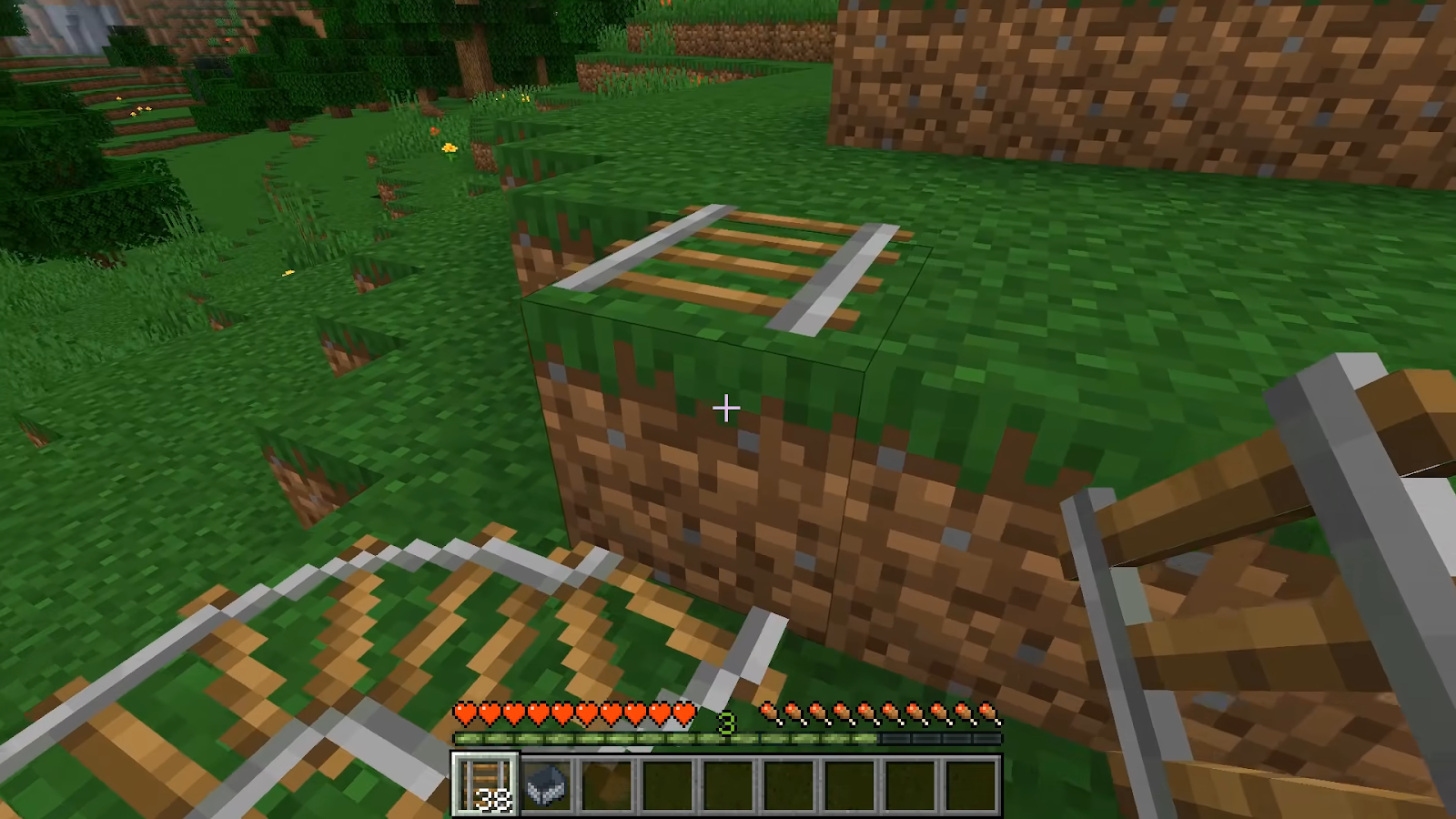
Rails can have various states; these are also known as data values. There are a total of 10 for regular rails. The data values specify how the rails are connected.
They are straight north to south. Straight west to east. Stopped ascending to west. Stopped ascending to the east. Stopped ascending to south. Stopped ascending to the north. Curved south to east. Curved south to west. Curved north to east. And curved north to west.

We currently have the iron golem. It’s a pretty big and strong mob. However, our next golem might be a little bigger. Meet the Redstone golem. Unlike the iron golem, it will be hostile. It’ll likely have a lot of health. And attack by smashing the ground. A smaller mob is likely coming a well. We don’t know much about this one.